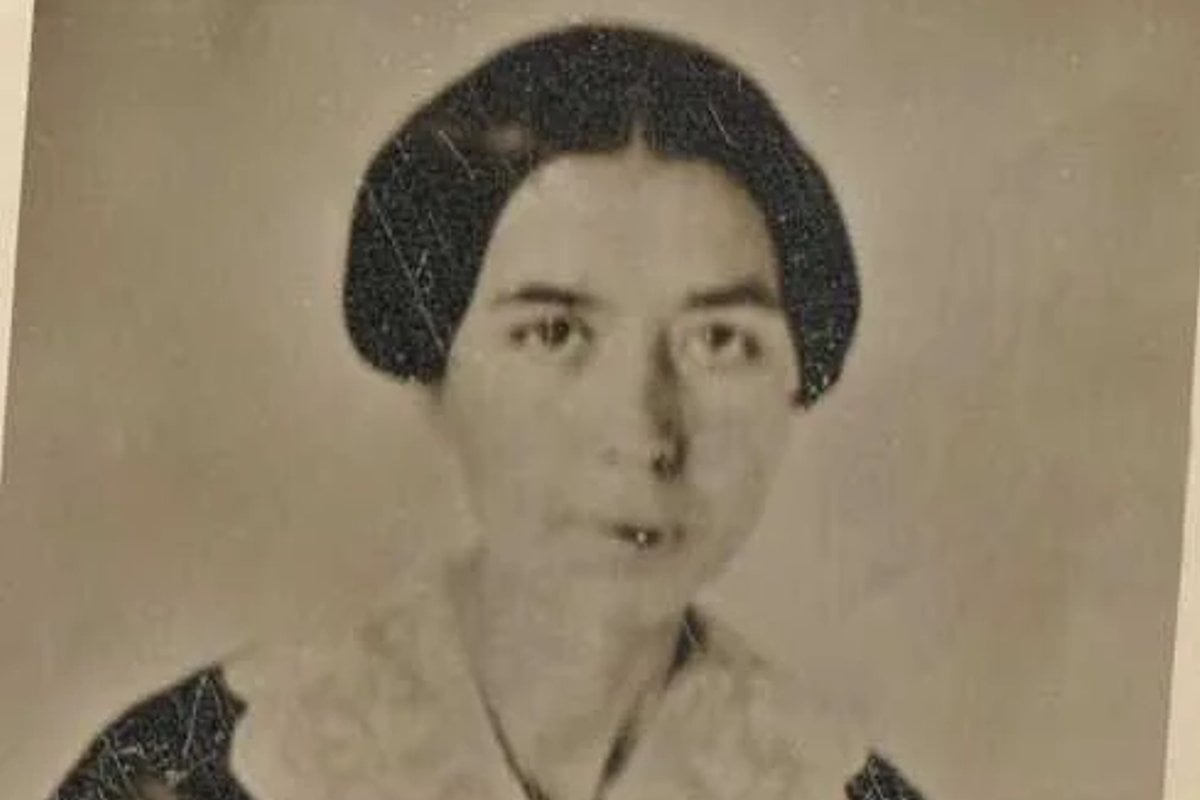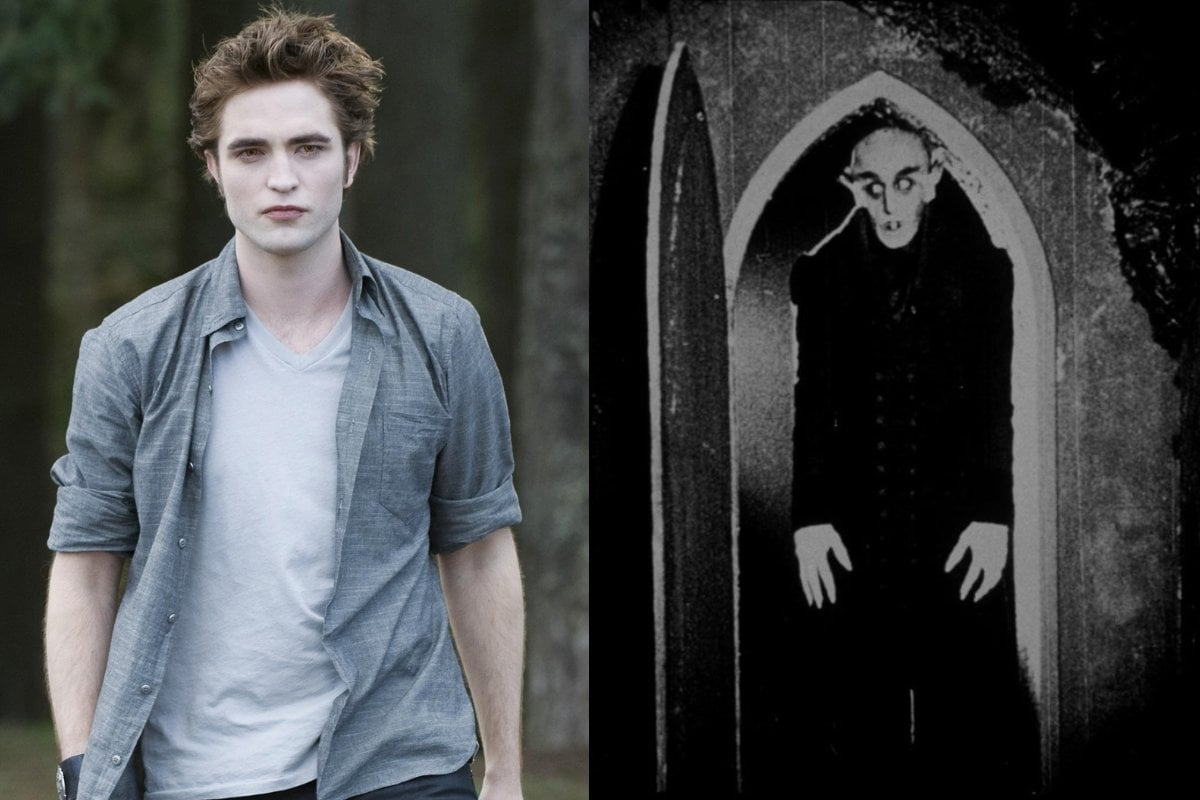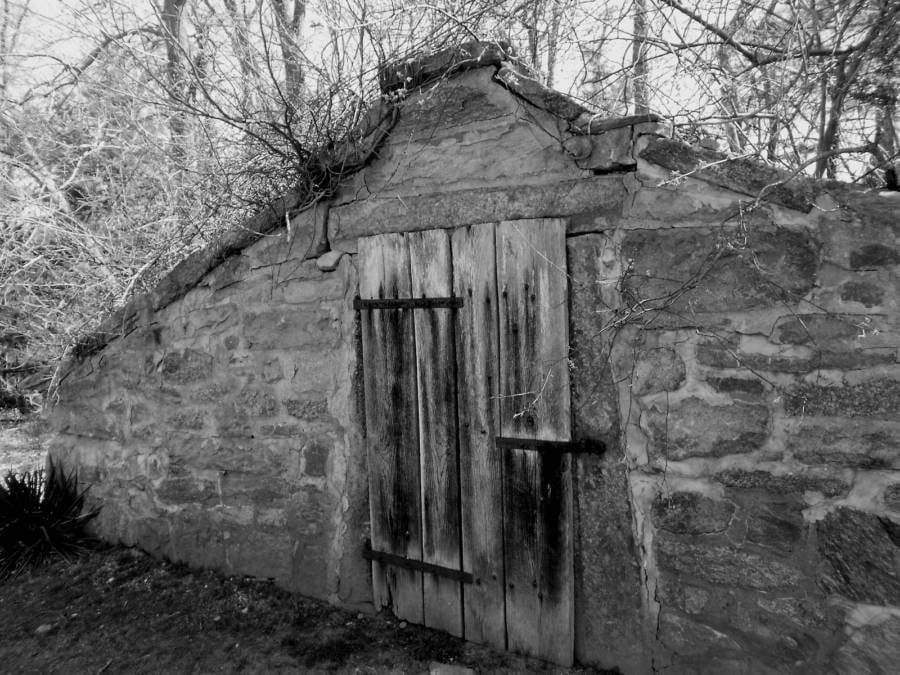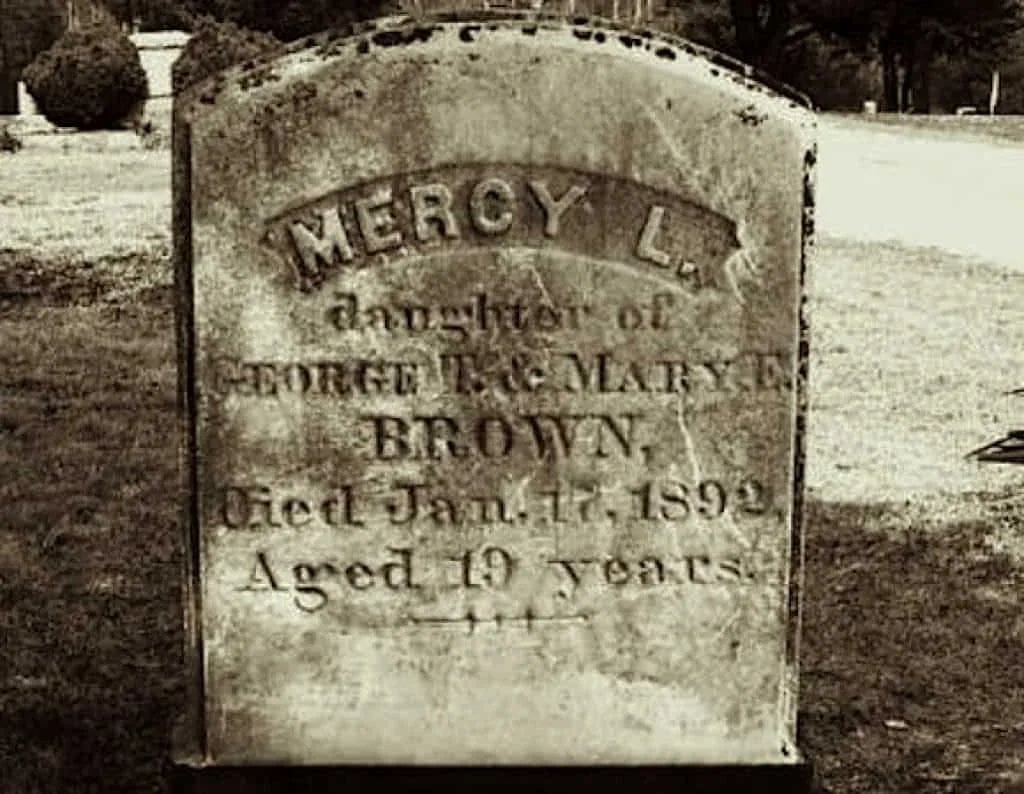
Before Twilight came along and ruined everything romanticised vampires by giving us a sparkly Edward Cullen, before The Vampire Diaries' brooding Salvatore brothers, before True Blood's love-stricken Bill Compton
and the insanely hot Eric Northman, vampires were actually pretty goddamn scary.
They were bloodthirsty creatures of the night, waiting under your bed or hovering outside your window, ready to latch onto your flesh and drain your life. Sometimes, they even made you one of them, a fate worse than death.
Think Nosferatu's Count Orlok. Or Bram Stoker's Dracula. Fright Night's Jerry Dandrige. Kurt Barlow from Salem's Lot. The Lost Boys. Heck, think of Tom Cruise's Lestat in Interview with the Vampire.
 You guys need some sunscreen. SLIP, SLOP, SLAP. Image: Summit Entertainment and Prana Films.
You guys need some sunscreen. SLIP, SLOP, SLAP. Image: Summit Entertainment and Prana Films.



